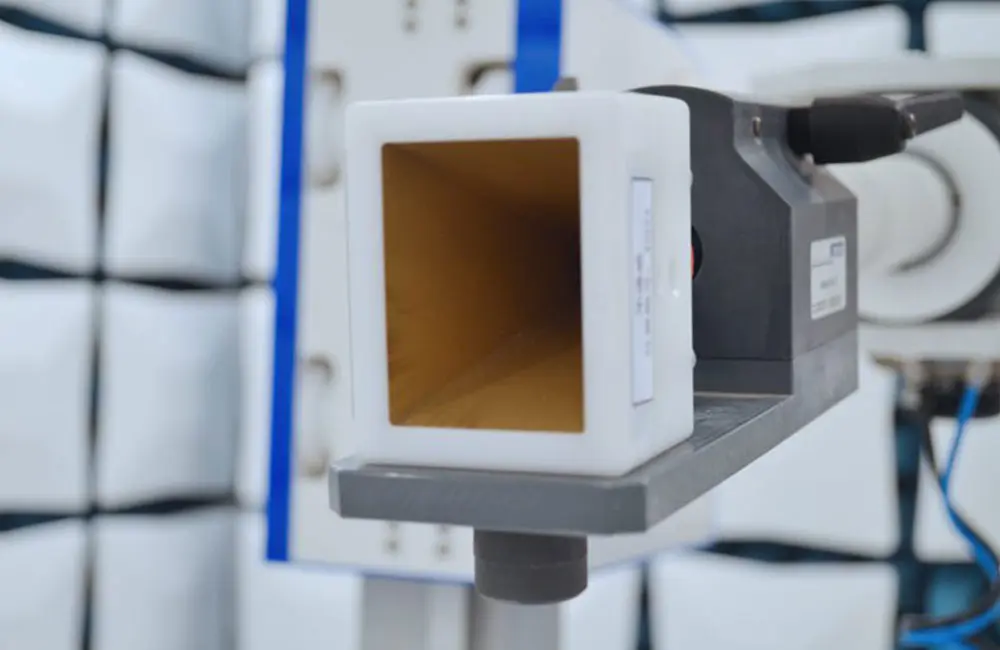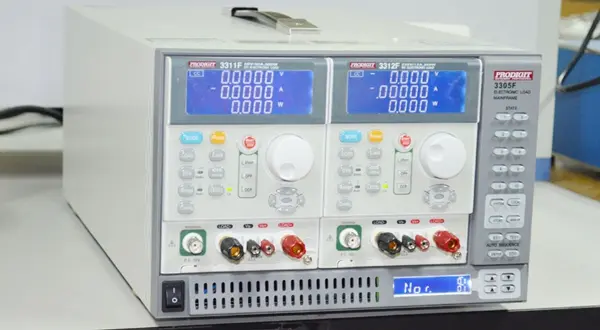
What is a U.S. Tracking Label?
A Tracking Labelenables manufacturers and end consumers to identify the origin of a product and aids in product identification during a recall. Products designed or primarily intended for children aged 12 and under must bear a Tracking Label on both the product and its packaging.
What is the Legal Basis for the Requirement?
Under the Consumer Product Safety Improvement Act (cpsia) of 2008, the Consumer Product Safety Commission (CPSC)enforces the requirement for Tracking Labels. Originally a part of Section 103 of CPSIA, this is codified at 15 U.S.C. §2063(a)(5)of the Consumer Product Safety Act (CPSA). The CPSC also issued a policy statement on this requirement:
Policy Statement: Interpretation and Enforcement of Section 103(a) of the CPSIA, dated JULy 20, 2009.
What is the Background and Rationale for the Requirement?
The requirement for Tracking Labels was triggeRED by product safety and recall issues in the children's product sector. Past incidents of unsafe products REACHing consumers highlighted the need for better traceability and accountability. CPSC recognized that traceability can significantly speed up recall procedures and improve consumer safety.
For manufacturers, an added benefit is that they don’t have to recall an entire product line. With Tracking Labels, recalls can target only the defective batch or production time frame, saving time and cost.
What are the Specific Requirements?
Manufacturers of products designed or primarily intended for children 12 years of age or younger must affix a Tracking Label on both the product and its packaging. The CPSA defines a manufactureras any person who manufactures or imports a product. Since a product may be processed in different factories, the final Tracking Label must reflect the party responsible for the final stage of production.
The label must be permanently affixed. “Tracking Label” is shorthand for the “distinguishable permanent mark” referenced in CPSA Section 14(a)(5). It does not mean all information must be printed in one place; the permanent mark should be durable for the life of the product and resistant to wear and tear.
The label must be clearly visible and readablewithout dismantling or damaging the product.
#### Product:
If the product already includes some or all required information, there is no need to reprint the existing identifiers on a new “label.” Additional required identification marks may be added to existing labels. Labels required under other federal laws (e.g., Textile, Wool, and Fur Act or Country of Origin labeling) can be considered part of the “distinguishable permanent mark” required by CPSA Section 14(a)(5).
#### Packaging:
Labeled packaging assists retailers in removing non-compliant products during recalls. Packaging examples include hang tags, adhesive stickers, shoe boxes, plastic bags, and hangers. Labels on disposable packaging need only be durable enough to remain intact until they reach the consumer. If the product's label is visible through disposable packaging, a separate package label is not required. If the product is sold without packaging, there is no need to create packaging just to meet labeling requirements.
Recognizing that Tracking Labels may not be feasible for very small products, Congress added the phrase "to the extent practicable." If it is not feasible to affix a label, manufacturers must document the reasons in writing, including supporting research and other considerations. Even if affixing a Tracking Label on the product is impractical, labeling the packagingis still required where feasible.
Required Tracking Label Information
All Tracking Labels must include the following basic information:
Name of the manufacturer or private labeler.
Production location, including country of origin (final manufacturing site).
Date of production(if production spans multiple days, the manufacturer determines a date that helps narrow down recall scope).
Batch or run number, purchase order number, or other identifying characteristics. No specific format is mandated.
Any other information that helps identify the product's specific source.
Due to the diversity of products, there is no one-size-fits-all Tracking Label format. It must allow end consumers to:
Identify and contact the manufacturer or private labeler.
Determine whether the item is subject to a recall.
Items sold as pairs (e.g., a pair of shoes or socks) may require only one Tracking Label.
Simple packaging or items sold together but used separately may require individual labels, as they could be discarded at different times.
Consequences of Non-Compliance
1. Recalls and Safety Risks: Lack of a Tracking Label impedes efficient tracing and recall of unsafe products. This increases the likelihood of consumer harm and legal actions against the manufacturer.
2. Customs and Import Issues: Products imported into the U.S. must comply with CPSIA, including the Tracking Label requirement. Products lacking such labels may be detained by customs, leading to logistical and financial consequences.
3. Civil Penalties:
Up to \$100,000 per violation.
Maximum of \$15 million for a series of related violations.
Recommended Compliance Practices
1. Generally, the Tracking Label (permanent mark)must enable the consumer to identify:
Manufacturer/importer/private labeler information.
Production location and date.
Batch or manufacturing run (e.g., batch number).
This information may be embedded in a unique identifier, known only to the seller/manufacturer/supplier.
For example: `"ABC24152"` might mean factory "ABC" produced the item on the 152nd day of 2024 (Julian calendar).
As long as the party responsible can explainthe meaning of the unique identifier, the label complies.
2. Sellers must ensure a unique tracking codeis included on size or production labels (e.g., inside shoes).
Note: Children's product labeling templatesmust still be applied to packaging and product as required.
Labeling Guidelines for Compliance
(A) For Private Brands / Branded Sellers
Required Information:
1. Manufacturer or company name: Use the brand name (e.g., "ABC" instead of "ABC Ltd.") as an identifier.
2. Tracking Code(for batch & production date):
Create a unique identifier (e.g., `"ABC24152"`).
Must be explainable and traceable to batch, factory, and date.
3. Manufacturing details:
Origin country (e.g., Made in China).
Other identifiers like factory address may also be included.
(B) For White-Label Sellers (No Trademark/Brand Name)
Required Information:
1. Manufacturer name(short form like "ABC" is acceptable).
2. Tracking Code(e.g., `"ABC24152"`).
3. Manufacturing details:
Include Made in Chinaor the factory address.
The goal is to allow SHEIN and manufacturers to conduct targeted recalls, avoiding mass product recalls.

Label Implementation Methods (Permanent Marking)
Permanent markingrefers to labels applied to the product or material that are long-lasting and used for traceability. Common methods include:
1. Printed Labels
Heat Transfer: Transfers markings permanently to surfaces, ideal for synthetics and textiles.
Screen/Offset Printing: Good for mass production; less durable than laser engraving.
2. Sewn Labels
Tags sewn into the tongue, insole, or liningof shoes.
3. Adhesive Labels
Stickers affixed to the tongue, insole, or interiorof the product.
Note: Adhesive material must be waterproofand durable, surviving up to 30 washes without peeling off.
Email:hello@jjrlab.com
Write your message here and send it to us
 LED Lighting EMC Testing Service
LED Lighting EMC Testing Service
 EU REACH Compliance Testing Services
EU REACH Compliance Testing Services
 Electronic and Electrical Reliability Testing Serv
Electronic and Electrical Reliability Testing Serv
 Electronic & Electrical Safety Compliance Test
Electronic & Electrical Safety Compliance Test
 Shenzhen Electronic Electromagnetic Compatibility
Shenzhen Electronic Electromagnetic Compatibility
 How to Test IP68 Rating
How to Test IP68 Rating
 Differences Between FDA and LFGB for Food Contact
Differences Between FDA and LFGB for Food Contact
 Process and Precautions for Amazon CPC Certificate
Process and Precautions for Amazon CPC Certificate
Leave us a message
24-hour online customer service at any time to respond, so that you worry!




